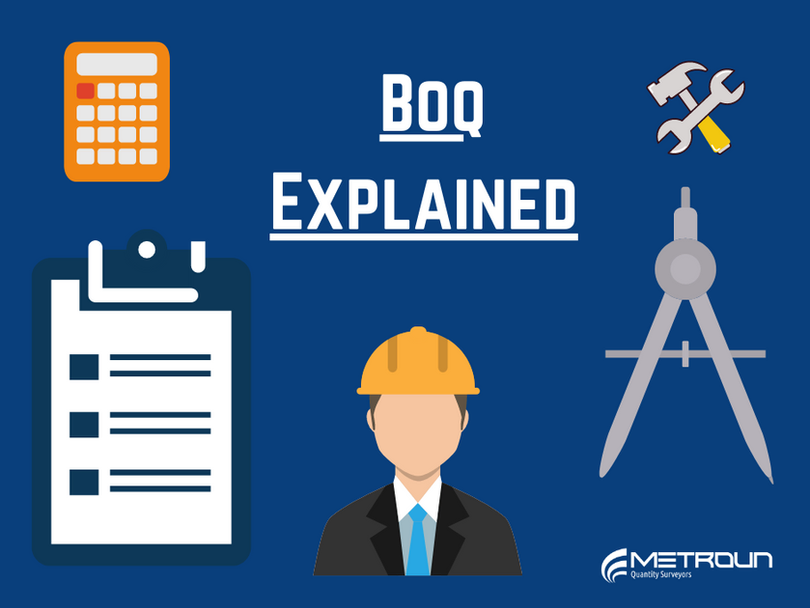Appointing a Quantity Surveyor to produce a Bill of Quantities (BoQ) has the potential to save a great deal of money on the contract price for many reasons, both before and during the contractual agreement and also post construction at final account stage.

At Tender Stage
With a BoQ the contractors will base their price on an identical list of items that are necessary to complete the works. As the Quantity Surveyor (QS) would produce the BoQ alongside design development, you can guarantee that the contractors would be including all the vital elements for your project, not giving them the opportunity to ‘omit’ or ‘miss’ anything required.A BoQ would enable them to price the right materials and crucially the correct quantities that are needed. This allows for a direct comparison to be made between contractors therefore facilitating a systematic check in how a contractor has built-up their price. In turn it would enable the QS to flag-up any items on the bill that seem too cheap or expensive, or where thecontractor frontloads their costs for example, and give a professional judgement on whether the overall price seems fair or alternatively over/under-priced. As certain elements can be compared it will help with negotiation and magnify certain areas where the price could potentially be lowered.
Using a BoQ ultimately creates increased transparency to the tender process, therefore beinga major factor in obtaining more accurate costs from a contractor. Although it can be a lengthyprocess to get the BoQ into place and comes with certain cost implications, the benefits previously mentioned and others that will be drawn upon in the coming sections of this blog immensely out-way any negatives.
During Construction
Construction works inevitably change overtime when a project is on the ground and at certainstages. When a BoQ has been used to price the works, any variations that do occur during construction can be easily costed and added to the contractor’s price. It eradicates the possibility of a client, being exploited by the contractor, and charged too much for extra worksas the elements already have a price attributed to them. The extra quantity required can simply be multiplied by the original tender price for that element.
This can also be beneficial in the opposite scenario. It’s possible that during construction it willbecome apparent that a certain element of works may not necessarily be needed, or the quantity priced could be reduced due to better ground conditions than expected for example.If this happened and a BoQ was in place, a simple calculation could be made to reduce the element rate by the quantity that was no longer required. Therefore, resulting in money being saved.
It would also act as a sound platform from which regular payments could be valued. Indeed, contract sum analysis would also pave a way to assess tenders and value payments at regularintervals throughout construction however, the level of detail will not be on the same level as it would be with a BoQ in place.

Post Construction
Davis, Love and Baccarini (2009) list several advantages a BoQ will provide. One of which is the readily available information for asset management purposes once the building has been built. Consequently, life cycle estimates and maintenance costs can be accurately measured using the BoQ, providing a use of the BoQ post construction as well as at tendering stage.
A further advantage (also backed up by Davis et al. 2009) would be during final account stage, as final payment could be evaluated upon the BoQ offering a straightforward, reliable, and fair means of valuing the contractors work.
An effective and usable BoQ requires an extremely large amount of detail and so in its very nature can present itself to inevitable human error. However, this should not be a reason against using a BoQ for your project. It has been documented that BoQ errors do not play a major role in causes for variations. The advantages a BoQ will bring from start to finish and even during the life cycle of your project will be an invaluable addition any client and the construction of a proposed project.


References
Peter R. Davis, Peter E.D. Love, David Baccarini, (2009) Bills of Quantities: nemesis or nirvana?, Structural Survey, Vol. 27 Issue: 2, pp.99-108





